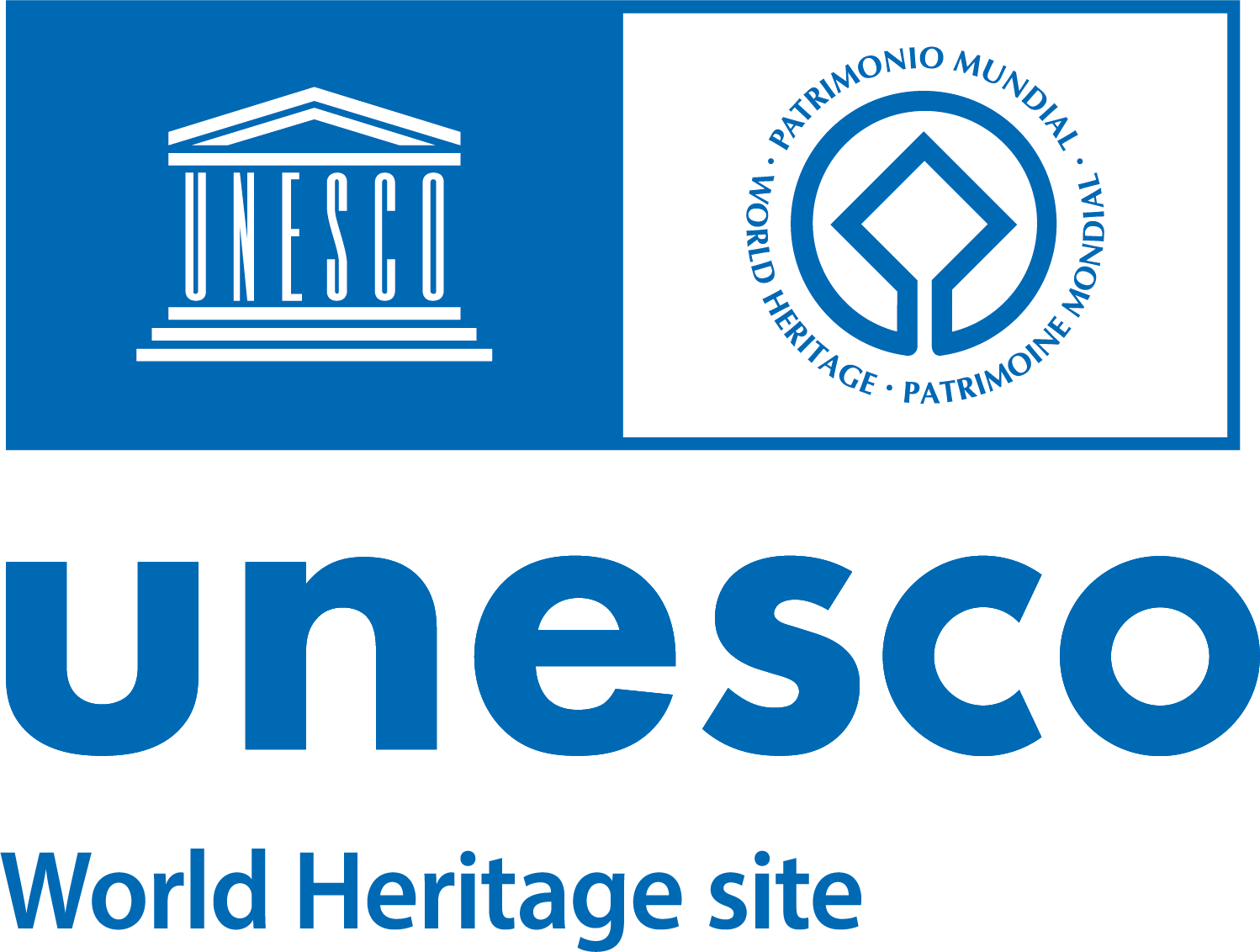Francesco Randone was born in Turin in 1864. In 1870, he moved to Rome and for a brief period attended the Academy of Fine Arts, completing his artistic training at the studio of the painter Domenico Bruschi. In 1886, he obtained the post of scientific draughtsman at the Royal University of Rome. In 1890, in Tower XXVIII of the Aurelian Walls, he founded the first branch of the “Scuola Gratuita d’Arte Educatrice” (Free School of Art Education), which focused on rediscovering the classical world.
In 1894, Guido Baccelli, then Minister of Education, appointed him as “Conservator of the Walls”. The teacher moved with his family to Tower XXXIX, on Via Campania 10, and the studio soon became a meeting place for scholars, men of letters and artists. In an article in the 1930 Almanac of Artists, Randone, who claimed to be the reincarnation of a Lucumone (an ancient Etruscan king who also performed sacerdotal functions), rediscovered the ancient bucchero technique:
“And I rediscovered the ancient secret: My artisan ‘Bothega’, my ‘School of Art’, produced those same ‘buccheri’ that my earliest hands had moulded in Etruria. I didn’t have the courage, however much it night please me, to remake the old forms and I turned to new expressions that would better express our times and my present reincarnation”.
But it was the Aurelian walls that became the central theme of Randone’s research. The chronicler of the periodical, La Tribuna Illustrata, dated 4 January 1908, described the Maestro’s work in these terms:
“Prof. Randone is certainly not only the wise conservator of these antiquities, but one of most practical and competent people around, because for over twenty years he has been studying them with great love and collecting information and reports, drawings and memories… he collected as many ancient things related to the Walls as he could find, forming a very interesting collection; he began a memoir of precious information that he made available to scholars of this antiquity”.
In 1910, General Mariano Borgatti, then director of the Museo del Genio Militare [Museum of Military Engineering] in Castel Sant’Angelo, commissioned the Maestro to make a terracotta model of the city walls, which the artist presented at the 1911 Universal Exhibition in Rome. From 1921 to 1934, he participated with his family in many decorative art exhibitions in Italy and abroad, receiving numerous awards. His artistic buccheri appear in the permanent showcases of the famous Boutique Italienne in Paris. Randone died in Rome in 1935, leaving a remarkable legacy of historical and artistic heritage.







2 F. Randone. Terracotta model of tower. Randone Archive.
3 Art Education School. Randone Archive
4 A. Jemolo. Aurelian Walls between Porta Pinciana and Porta Salaria
5 Randone Studio, exterior
6 A. Jemolo, Aurelian Walls between Porta Pinciana and Porta Salaria
7 A. Jemolo, Aurelian Walls between Porta Pinciana and Porta Salaria


